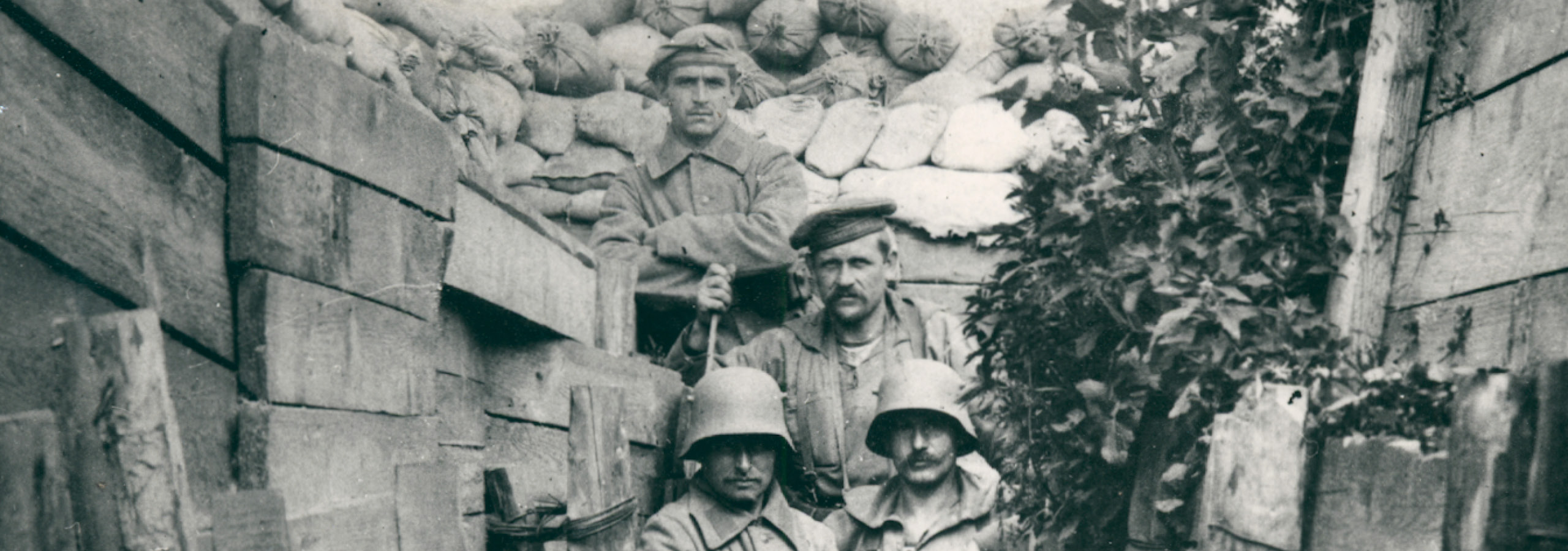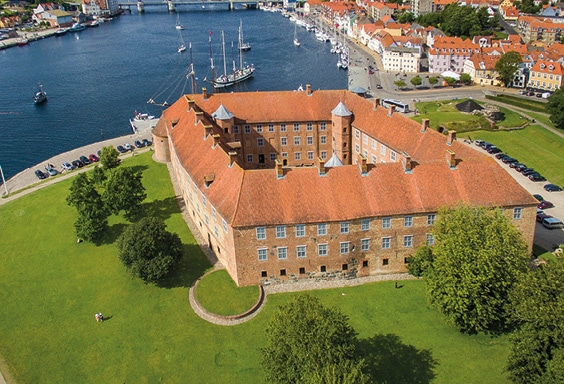
In 1914, World War I broke out. Back then, the border region, Southern Jutland, was part of the German Empire and thus the war. The exhibit is an evocative insight into various destinies in the region during the Great War.
When the war broke out in Europe in 1914, everyone expected it to be over by Christmas. Reality was to be a stark contrast. Before long, the warring parties were engrossed in a trench war and a race to penetrate the stalemate resulted in rapid developments within war technology and tactics, which in turn increased brutality.
Southern Jutland was part of Germany and the war
35,000 men from Southern Jutland were drafted for war duty – a fifth of the entire population! Almost all families had men at the front, and at home, life was dictated by longing, grief and shortage of supplies while women, children and old people tended to their daily chores.
The majority in Southern Jutland was pro-Danish, and many of the inhabitants marched into battle, not for the Empire, but in hopes that, by doing their duty as German citizens, they could further the possibility of reuniting with Denmark.
A part of the pro-Germans went to war for patriotic reasons. At the front, however, the conditions of the soldiers were the same no matter their dispositions, and life became a struggle to survive the horrors of warfare. Not everyone made it back. 6,000 South Jutlanders were killed and 4,000 were maimed for life.
Throughout the exhibit, the audience will face many different destinies and gain a gripping insight into the experiences of the Great War both on the battlefield and at the home front, all narrated by “the people themselves” via letters and objects of the time.
Southern Jutland and the Great War
-Sønderborg Castle
Sønderbro 1 6400 SønderborgVoksne
105 DKK
Børn og unge under 18 år
Free
Studerende
20% discount
Grupper på min. 10 personer
20% discount


